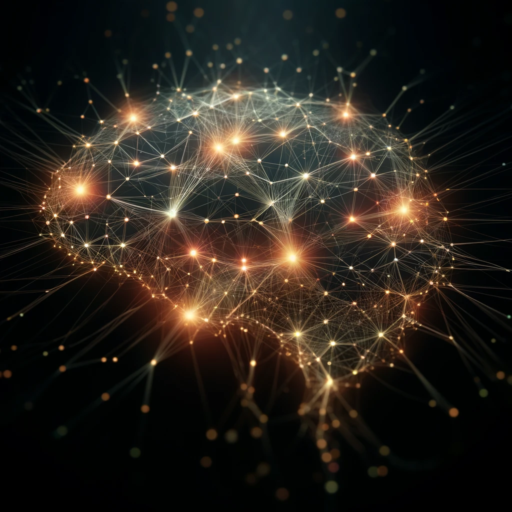In the realm of artificial intelligence, generative AI stands as a beacon of innovation, pushing the boundaries of what machines can do. Unlike conventional AI, which focuses on understanding and interpreting data, generative AI is all about creation. It marks a significant leap forward, enabling machines to produce new content, be it text, images, music, or even synthetic media that mimics reality. This burgeoning field has not only captivated the tech community but also sparked interest across various sectors, from art and entertainment to science and engineering. Let’s explore the world of generative AI, its mechanisms, applications, and the profound implications it holds for the future.
What is Generative AI?
Generative AI refers to the subset of artificial intelligence technologies that can generate novel content. Through the analysis of vast datasets, these systems learn patterns, styles, or sequences, allowing them to produce new creations that, while entirely original, are reminiscent of their training data. The power of generative AI lies in its ability to learn from existing examples to generate similar but distinct outputs, offering endless possibilities for creativity and innovation.
How Does Generative AI Work?
At the core of generative AI are complex algorithms and models designed to understand and replicate the structure of the data they’re trained on. Two of the most prominent architectures in this field are Generative Adversarial Networks (GANs) and Variational Autoencoders (VAEs), each playing a pivotal role in advancing the capabilities of generative AI.
- Generative Adversarial Networks (GANs): A GAN consists of two parts: the generator and the discriminator. The generator creates content that aims to pass as real, while the discriminator evaluates whether the generated content is genuine or fake. This competitive process refines the generator’s output, leading to increasingly realistic results.
- Variational Autoencoders (VAEs): VAEs are designed to compress data into a condensed representation, which can then be used to generate new data points. They are particularly useful in applications where preserving the overall structure of the data is crucial.
Recent advancements, especially in transformer models, have also paved the way for breakthroughs in generating textual content, enabling machines to produce human-like text based on the context they have been trained on.
Applications of Generative AI
The applications of generative AI are as diverse as they are fascinating, with potential impacts across numerous domains:
- Art and Design: Artists and designers are using generative AI to create stunning visuals, explore new forms of expression, and collaborate with machines on creative projects.
- Content Creation: From writing articles and generating code to composing music, generative AI is revolutionizing how content is produced, offering tools that enhance human creativity.
- Drug Discovery and Material Science: By predicting molecular structures and properties, generative AI accelerates the discovery of new drugs and materials, potentially speeding up innovation in healthcare and engineering.
- Video Games and Virtual Environments: Generative AI can create dynamic, ever-changing environments and characters, offering players unique experiences and challenges.
- Synthetic Media: In the realm of deepfakes and beyond, generative AI is capable of producing realistic images, videos, and voices, raising important ethical considerations about authenticity and trust.
Ethical and Societal Implications
As with any powerful technology, generative AI presents significant ethical and societal challenges. The ability to generate realistic synthetic media has implications for misinformation, privacy, and copyright, necessitating robust ethical guidelines and regulatory frameworks. Moreover, the democratization of creative tools invites a reevaluation of creativity, originality, and the role of AI in artistic and intellectual endeavors.
Looking Forward
Generative AI is at the forefront of the AI revolution, blurring the lines between human and machine creativity. As it continues to evolve, it promises to redefine industries, enhance human potential, and challenge our conceptions of what it means to create. The journey of generative AI is just beginning, and its impact on our world is poised to be as profound as it is unpredictable. Embracing this technology while navigating its complexities will be key to unlocking its full potential and ensuring it benefits society as a whole.
Top of Form

